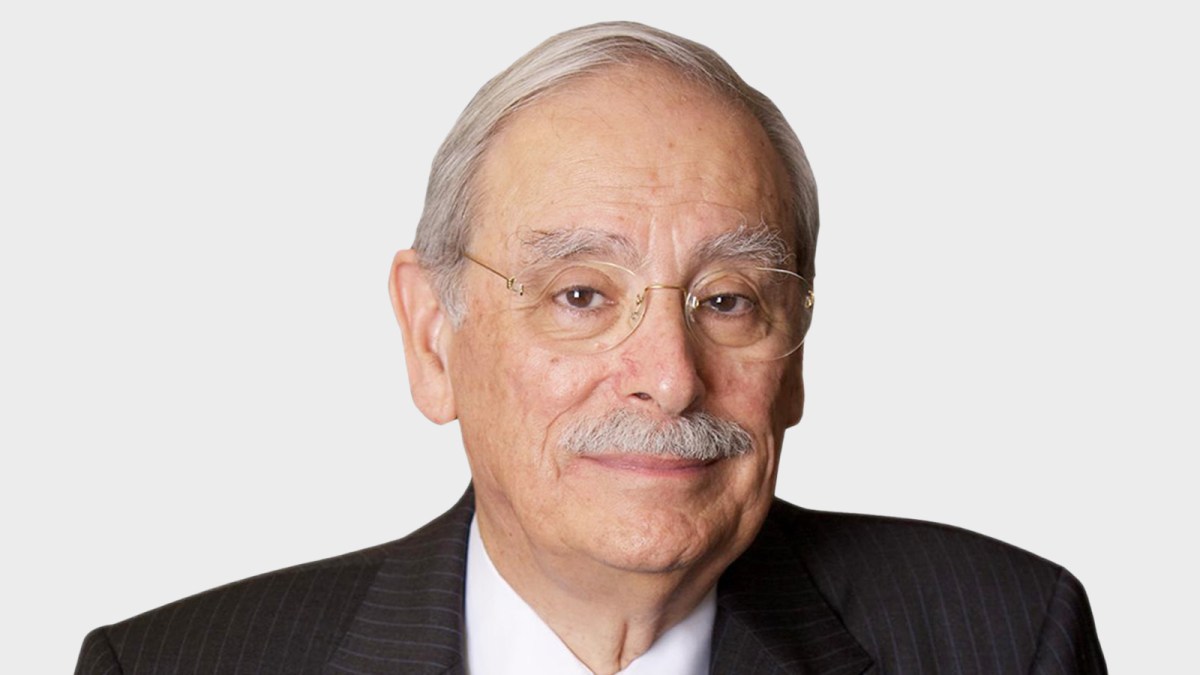The American economy remains in good shape. It is growing at an annual rate of almost 4 per cent, helped by steady consumer spending, with Americans in the top 10 per cent of earners accounting for almost 50 per cent of all spending. The major banks are well capitalised, and pronounce their customers to be in fine fettle. The financial sector is awash in cash that permits large buybacks, increased dividends and loans to growing businesses.
Stock markets continue to do well by most investors. Total uncertainty about the course of tariffs has given way to less total uncertainty. Corporate profits are coming in on the upside of expectations. Investors are content to lend to highly indebted (public debt 124 per cent of GDP), deficit-ridden (about 6 per cent of GDP) America at interest rates of only about 4 per cent for ten-year notes. The Wall Street Journal’s panel of economists and those at Goldman Sachs both have lowered earlier forecasts of a recession to about only 30 per cent.
Much will depend on the economic impact of artificial intelligence. Academics, consultants and various experts are in a heated debate over the impact of AI on the job market, some predicting high unemployment, others net job creation. Rather than attempt to adjudicate that dispute, let’s rely for now on Blackstone president Jonathan Gray, who speaks with his clients’ money on the table: $1.2 trillion in assets under management. He says AI risks are ”top of our list” when evaluating deals. Although “we don’t claim to know how it all plays out”, every one of the firm’s “deal teams” must “address AI on the first pages of your investment memos”. The first part of that statement is the most relevant.
Since President Truman never got his wish for a one-handed economist, there is “on the other hand …”. Consumer confidence is falling and, says The Conference Board research body, since February consumers’ expectations “have been below the threshold … that signals a recession ahead”. The inflation rate, hovering around 3 per cent, far above the Fed’s 2 per cent target, has St Louis Federal Reserve Bank economist Fernando Martin writing: “We may be in a persistent above-target inflation regime.” Bad news for less well-heeled consumers, perhaps to get worse when the Fed feeds the inflation genie by cutting interest rates.
Not all investors are sleeping well at night, worried that if share prices decline, so will spending by the top 10 per cent of earners. Some investors and central bankers are nervous enough to trade fiat dollars for solid gold, some to be used for gilding the Oval Office, a symbol of the new Golden Age, some to be stored. Gold was up some 60 per cent this year to about $4,300 per ounce before a midweek 6.7 per cent meltdown.
In the first half of this year the dollar fell by 11 per cent, the largest decline in that period since the 1980s.
Whether those much higher forecasts can fully account for the profound changes in the very structure of the US economy that have occurred in recent months is unclear. In place of more-or-less free trade we have protectionism. We are irreversibly moving from a market-based to some form of state-managed capitalism, guided by a new industrial policy designed to reduce dependence on China for rare earths, magnets, medicines and other key materials.
“Winners” will be selected for subsidies, capital will be allocated by bureaucrats, managements subjected to government intervention, equity positions taken in myriad companies by the state. Trillions of dollars promised by trading partners during tariff negotiations, if delivered, will be the president’s to dispose of as he wishes, with no congressional approval required.
Meanwhile, Trump is tweaking his tariff programme. He is threatening 100 per cent tariffs on imported medications unless the company involved is building plants in the US — which Novartis, with $23 billion over five years, Eli Lilly with $27 billion over five years, Johnson & Johnson with $55 billion over four years, and others, are planning to do.
This in response to reports by non-profit US Pharmacopeia, which monitors drug supply, that almost 700 medicines used in America, including antibiotics such as amoxicillin and the allergy medication Benadryl, contain at least one chemical sourced only in China.
Other new tariffs will end a serious threat to US security. Trump has proclaimed that “overreliance” on imports of lumber and wood products “threatens to impair the national security”, which gives him the authority to impose 50 per cent tariffs on kitchen cabinets, effective from January 1. Some tweaks will actually lower tariffs on items that cannot be mined, made or grown in America, among them gold and LED lights.
JP Morgan Global Research estimates that, when all the tweaks are tallied, the average effective US tariff rate stands at 15.8 per cent, up from 2.3 percent at the end of 2024 and headed to 18 to 20 per cent by year-end. The effect is one of those known unknowns.
That leaves only the unknown unknowns to worry about.
Irwin Stelzer is a business adviser
